I toured a Colorado ghost town with eerie abandoned hotels, schools, and saloons. Here's what it's like now.
Monica Humphries

- About 11 miles south of Aspen, Colorado, is the ghost town of Ashcroft.
- Ashcroft once had hotels, saloons, and 2,000 residents. But 5 years after being built, it was deserted.
Eleven miles away from glitzy, glamorous Aspen, Colorado, is something far less luxurious — the ghost town of Ashcroft.
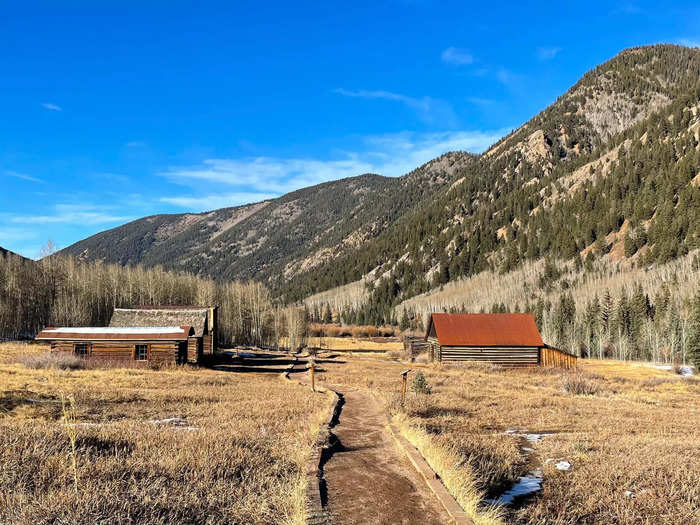
Today, Ashcroft, Colorado, is comprised of just 10 decaying buildings. But in the late 19th century, Ashcroft was a booming mining town, according to the Aspen Historical Society's website.
Before visiting one of the country's richest ski towns, I explored Ashcroft's decaying buildings to learn more about the site's turbulent past.
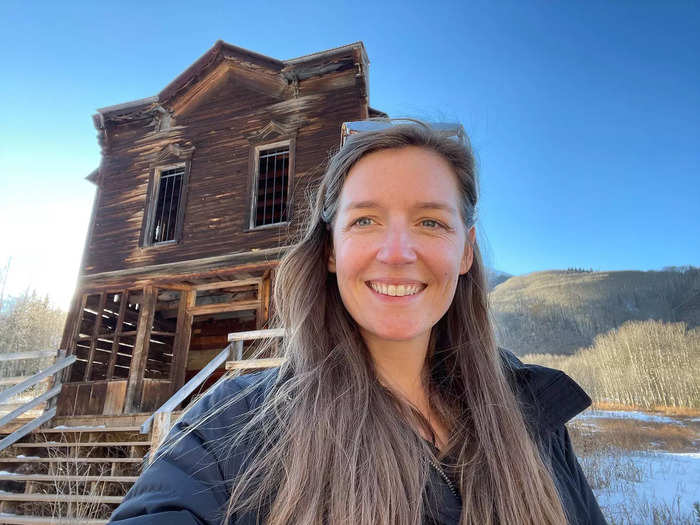
Before arriving in Aspen, I made a pit stop at the Ashcroft ghost town.
The town is known for its silver-mining history, but before that, it was home to the Ute Indians, who were forced off of their land, according to a plaque on the site and the Ouray County Historical Society.
Like many of Colorado's mining towns that turned into ghost towns, the town was deserted just as quickly as it was built.
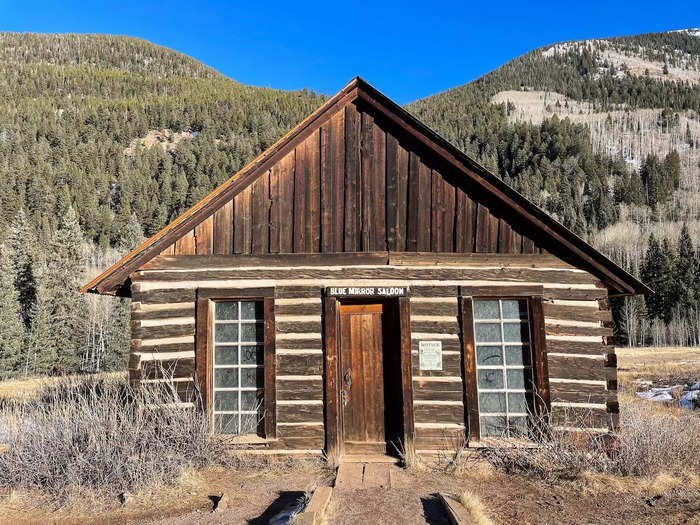
In 1880, two miners moved to Castle Creek Valley in search of silver. And in a matter of months, hundreds then thousands of others followed, according to the Aspen Historical Society's website.
But by 1885, the silver ran out, its residents left in search of other opportunities, and the town was abandoned.
A 25-minute drive from Aspen, the abandoned ghost town has the remains of a saloon, post office, and hotel.
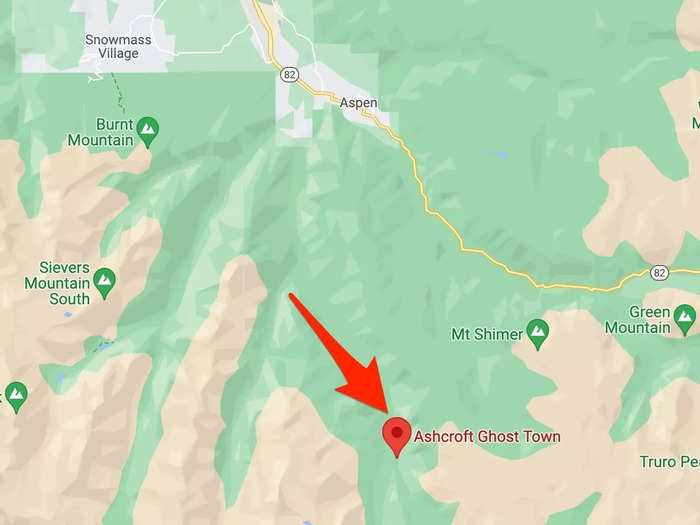
Today, Ashcroft is a historic site part of the United States Forest Service.
A muddy parking lot and a few wooden shacks greet visitors. But just beyond the road are the ghost town's 10 remaining buildings.
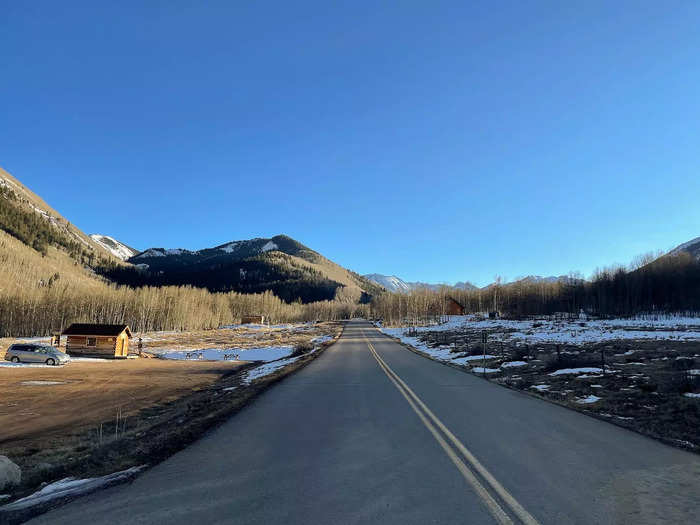
From the side of the road, it's impossible to tell how large the historic site really is.
But behind a forested area, visitors can explore the 10 remaining buildings of Ashcroft, though, three are not part of the original town.
The first wood cabin I saw was Ashcroft's information center. When I visited, it was closed, so I left my $5 entrance fee in a nearby box.
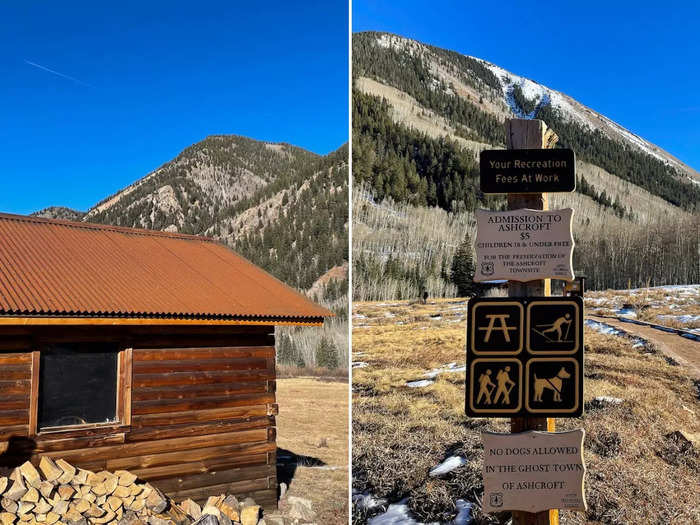
During the summer months, Ashcroft's information center and museum are typically open. It costs $5 per person year-round to access those facilities, along with the entire Ashcroft ghost town.
I visited during the winter off-season and couldn't see inside the museum. But I had access to Ashcroft's nature trails and could step inside most of the abandoned buildings.
Dirt trails guide visitors to different buildings and plaques, and the first thing you learn about Ashcroft is that it was originally home to Ute Indians.
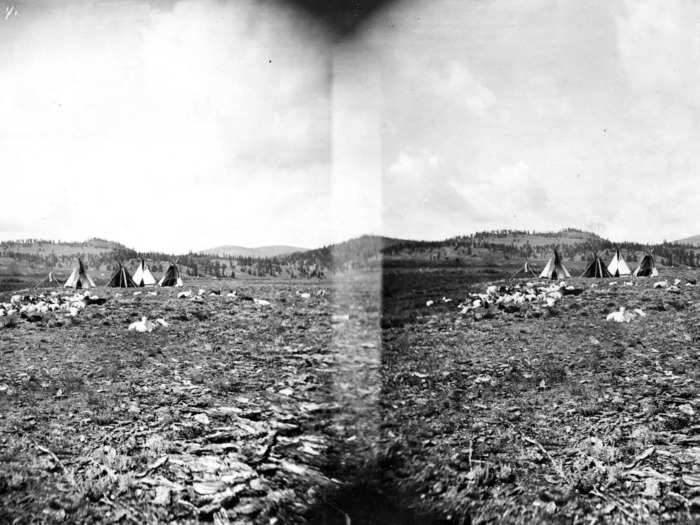
For hundreds of years, the Castle Creek Valley was a summer foraging camp for the Tabeguache band of White River Ute Indians, a plaque at the site stated.
But in 1873, Chief Ouray, the Tabeguache Ute leader, was persuaded to sign an agreement to cede the territory over to the US government, according to the Ouray County Historical Society.
The Ute Indians ceded 3.5 million acres, and in 1881 the Ute Indians were removed from their Colorado land and forced to relocate to a reservation in Utah, the Ouray County Historical Society said.
I approached the first building of the ghost town and gained more insight into Ashcroft's history.
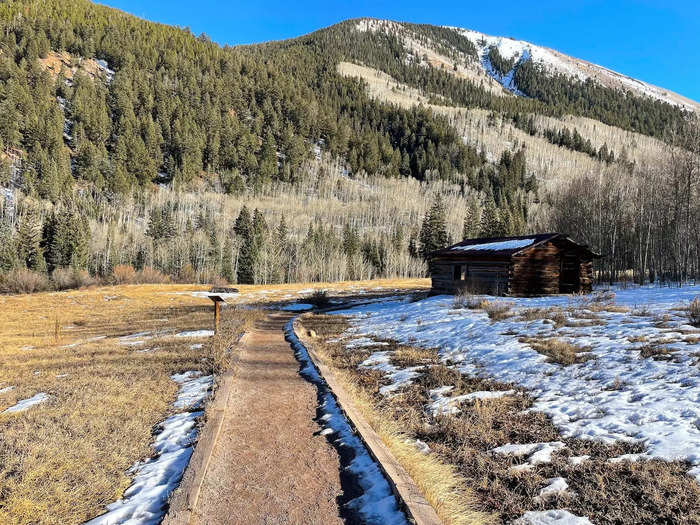
As I learned from reading the town's plaques, Ashcroft was founded in 1880 and had 2,000 residents by 1883. By 1885, only 100 people remained.
Two miners, Charles Culver and W.F. Coxhead founded Ashcroft, according to
According to the Aspen Historical Society, the duo and 23 prospective residents moved into the area, which they called the Castle Forks City and later renamed Ashcroft. In just two weeks, the group built a courthouse, paved roads, and created a Miner's Protective Association.
By 1883, Ashcroft was bigger than the nearby town of Aspen and had two newspapers, hotels, a school, sawmills, a small smelter, and 20 saloons.
Ashcroft didn't last long as a mining town. The region's silver deposits ran out and the town's residents searched for success elsewhere.
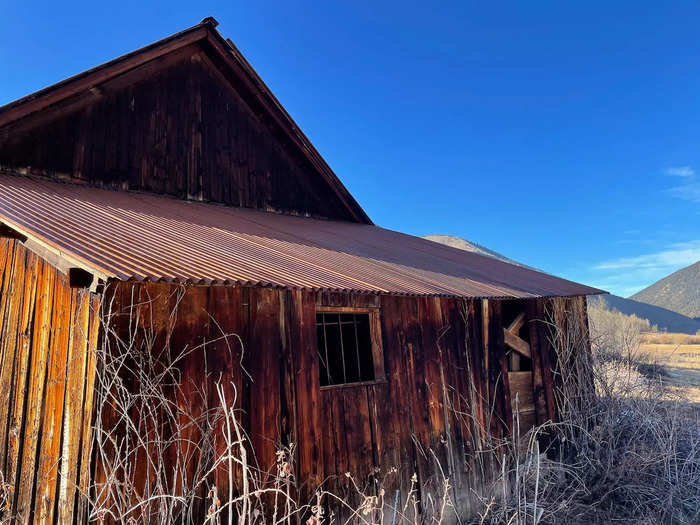
The silver mines were shallow and short-lived, according to AllTrips. And without silver to mine, many residents left Ashcroft in search of other prosperous and growing towns, like nearby Aspen, AllTrips reported.
By 1912, the US Postal Service ended its mail-delivery service for the remaining 50 residents, who spent their days hunting, fishing, and drinking, according to another plaque I saw.
As I walked through the abandoned street, I envisioned the hustle and bustle that once filled Ashcroft.
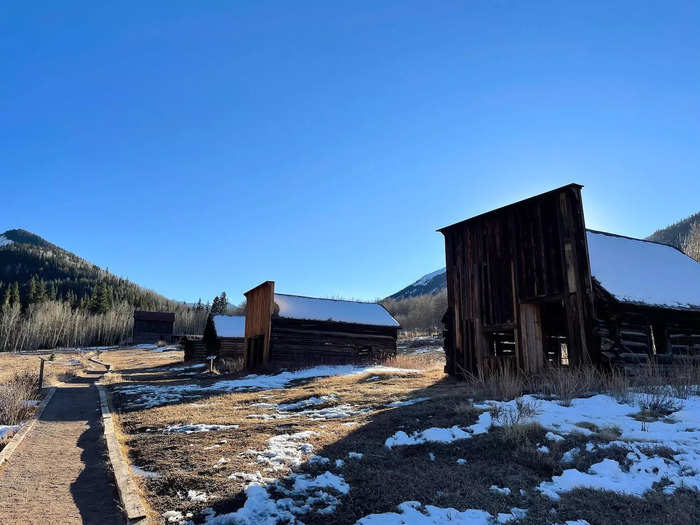
Many people living in Ashcroft were men, and their main pastime was drinking, according to Atlas Obscura.
As I walked through the dirt paths, I imagined popping into saloons and hearing the town's latest gossip.
A major part of Ashcroft was its saloons. Twenty existed during the height of Ashcroft. Today, two abandoned saloons remain.
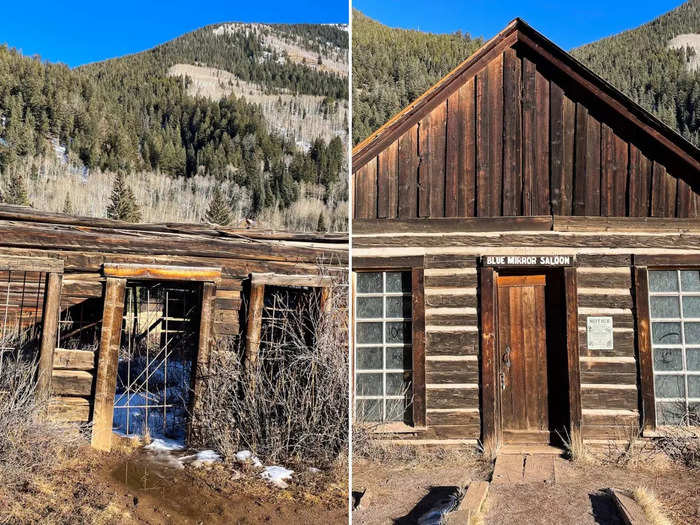
Miners in Ashcroft once had their choice of 20 different saloons. Today, visitors just see two.
The most intact saloon in Ashcroft is what was once the Blue Mirror Saloon, where miners would likely gather to share gossip, exchange stories, and, of course, drink.
Next door was another abandoned saloon.
I peered inside the Blue Mirror Saloon, which was locked, and spotted other remnants of the town's past.
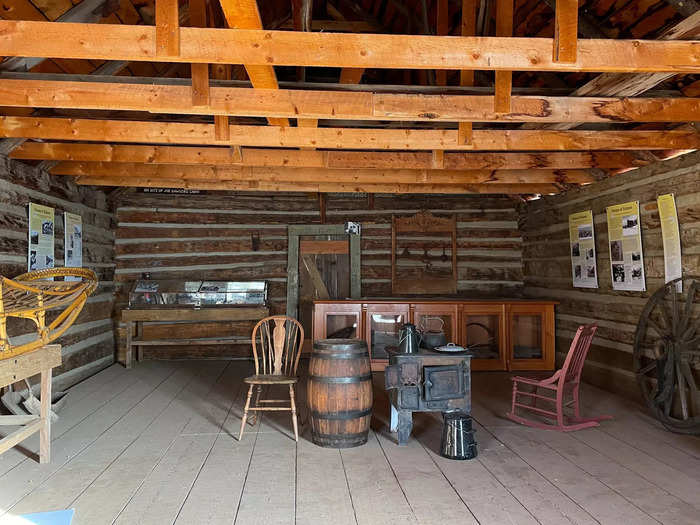
The saloon has been transformed into a museum filled with artifacts from the original Ashcroft.
The rest of the abandoned structures sat empty with insulation peeling from walls.
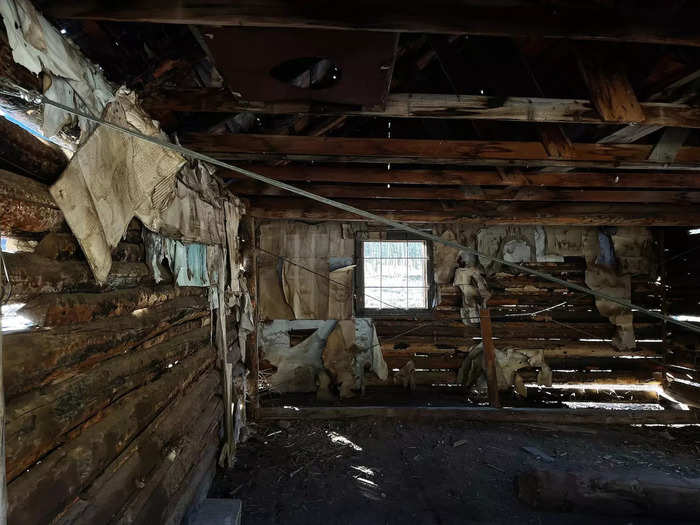
The interior of the abandoned buildings offered clues as to how Ashcroft's residents kept warm in the winter.
Paper and other goods were used to insulate the wood cabins, a plaque informed visitors. Today, most of it had decayed away.
At the very end of the dirt road was the ghost town's old Bird House Hotel. It's the only remaining two-story building.
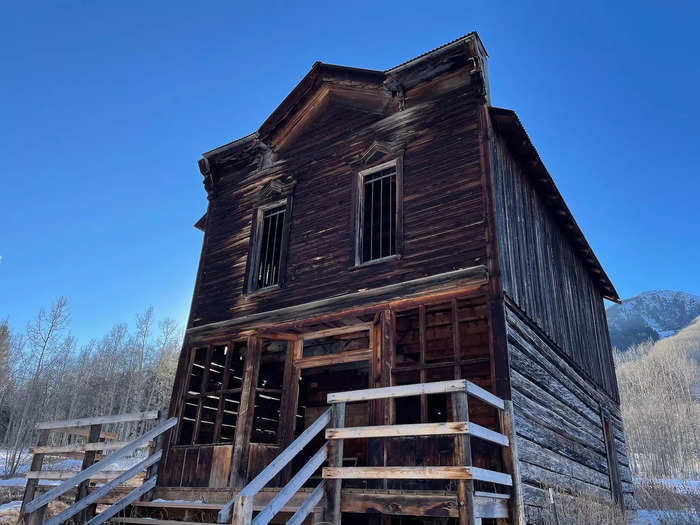
The Bird House Hotel, formerly known as the Hotel View, was Ashcroft's main hotel.
The structure collapsed in the winter of 1974, but a year later, it was restored, according to the Aspen Times.
Visitors can climb up to the second story and gaze out into the valley.
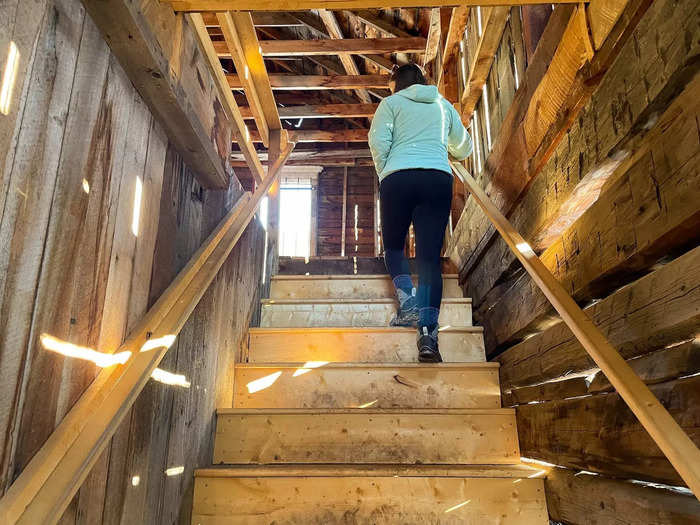
Today, it's stable enough to climb up to the second story, where visitors can catch a glimpse of the town and entire Castle Creek Valley.
In the early 20th century, just a few men remained in the town.
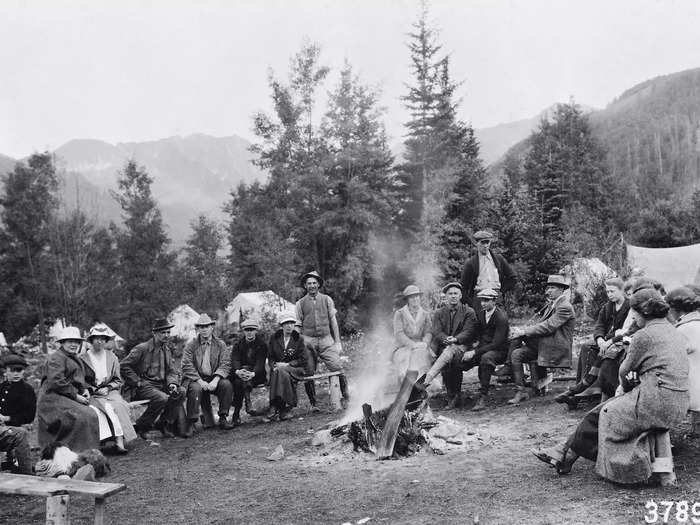
While the vast majority of Ashcroft's population left, a few people stayed behind.
There was some sporadic work at the remaining silver mines, but the residents, who were single men, filled their days by fishing, hunting, reading, and drinking, according to the Aspen Historical Society's website.
Ashcroft's last original and remaining resident, "Judge" Jack Leahy, died in 1939, according to the historical society.
After the town was abandoned, there were hopes that it might become a ski town.
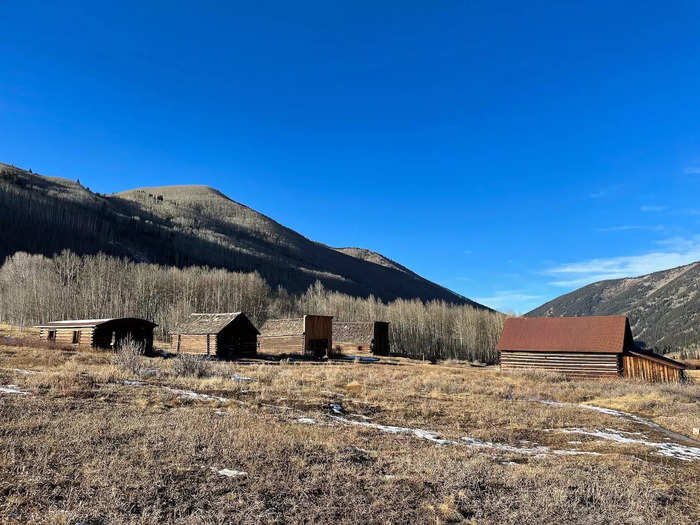
Decades after Ashcroft became an abandoned mining town, two winter athletes Ted Ryan and Billy Fiske planned a European-style ski lodge in Ashcroft, according to the HistoryNet.
But when Fiske died in World War II, Ryan leased the area to the US army, which used the region for mountaineering training, HistoryNet also reported. The plans for a ski town never came to fruition.
Ashcroft's most recent resident was Stuart Mace, who moved to Ashcroft in 1948, according to the Aspen Historical Society. He brought his dog-sledding operation to the region and spent the rest of his life at the town site, per the Aspen Historical Society.
In 1974, Mace and the Aspen Historical Society helped Ashcroft become a National Register Historic Site.
As I gazed across the valley, I gained a new understanding of Colorado's history.
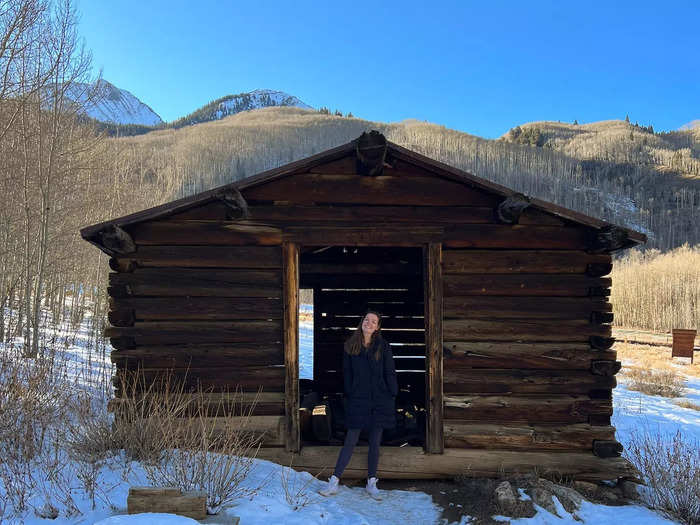
The stories of Ashcroft paralleled much of Colorado's mining and Native American history.
From Ute Indians to dog sledding operations, Ashcroft's history is filled with diverse people and riddled with success and failure.
As I hopped back into the car and headed back to the luxury ski town of Aspen, I considered how the region has drastically changed, developed, and expanded over the years.
It's a simple stop from Aspen and a chance to reconnect with Colorado's past, so I plan to add Ashcroft to my itinerary each time I visit the ski town.
READ MORE ARTICLES ON
Popular Right Now
Popular Keywords
Advertisement